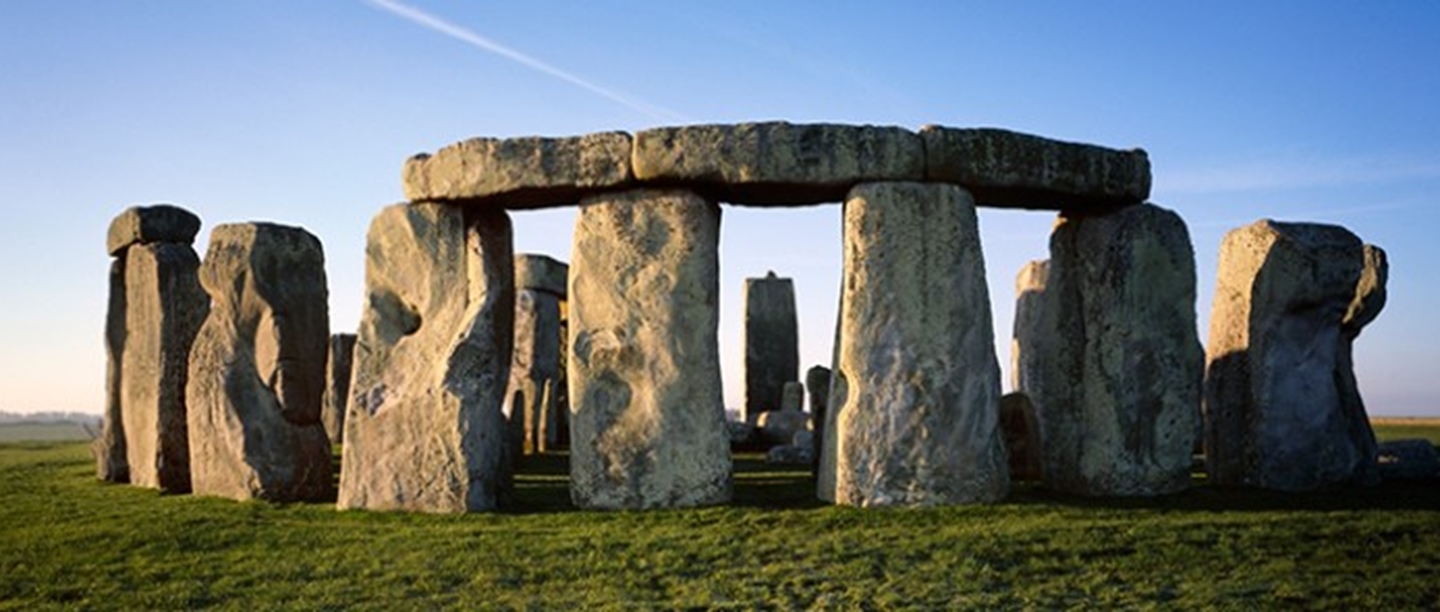
Stonehenge is one of the wonders of the world and the best-known prehistoric monument in Europe. It has a new world-class visitor centre and also houses museum-quality exhibitions. In this blog post, Melanie Coussens explains how she looks after all the many artefacts that are on display and the issues that she faces making sure these are protected and preserved for many years to come
When I plan an exhibition at Stonehenge, one of the issues foremost in my mind is the protection and preservation of all the beautiful artefacts that the exhibition team and I are preparing for display. This is particularly important to us at the Stonehenge exhibition centre as all of the objects here are on loan to us from museums and private lenders.
Soldiers at Stonehenge Exhibition
Certain display materials can emit harmful pollutants, which, if left, could react with other objects, accelerate the aging process and damage them. To ensure this doesn’t happen to any of the collections in our care, we put the materials in each of the display cases through an Oddy Test. Developed at the British Museum in the 1970s by the conservation scientist Andrew Oddy, the test simulates time-travelling for objects, as it shows how materials will react over time.
For every new exhibition, samples of any new material that we propose to use in the display, are sent to our Conservation Science team in London, where the pieces are cut up and put into in to an airtight container with three different metals; copper, lead and silver. They are then heated up to 60 degrees celsius, and left for a month. This accelerates the reaction of the materials in a case with objects made from these metals; if any damaging gases are emitted they will cause one or more of the metals to start to corrode.
I then wait for the big reveal and the call from the Conservation Team to tell me whether the metals have corroded. If they are unaffected, the materials will be passed for use within the exhibition.
If the material fails, it's my job to choose a different material which needs to be done quickly. This happened in the development of the 'Soldiers at Stonehenge' exhibition – when one of the bright yellow materials proposed for the backpanels in the display cases didn’t pass the Oddy Test. With no time to re-test, and objects due for installation before opening in just a few weeks, I worked with the designers to make a snappy decision on alternative colour options which we knew had already passed.
Museums all over the world use this test. By using this process too, it is just one way that we can be sure that the delicate objects in our care are preserved for the future.
A Plate From The Wish You Were Here Exhibition
The next special exhibition is called ‘Wish You Were Here’ and opens on 1st May. This will be a fun exhibition celebrating how Stonehenge has been experienced by its many visitors through a collection of souvenirs, guidebooks, postcards and photographs, curated by Archaeologist Julian Richards. We are happy to report that all our display materials for this upcoming exhibition have just passed the Oddy Test!
We hope to see you there!
More information on special exhibitions past and present can be found here